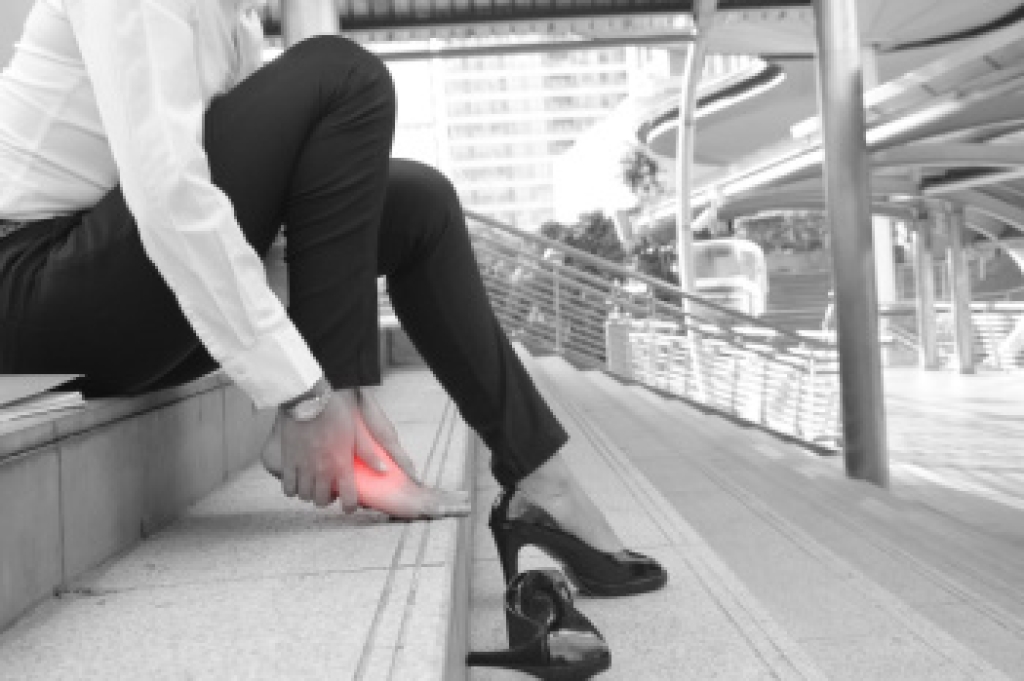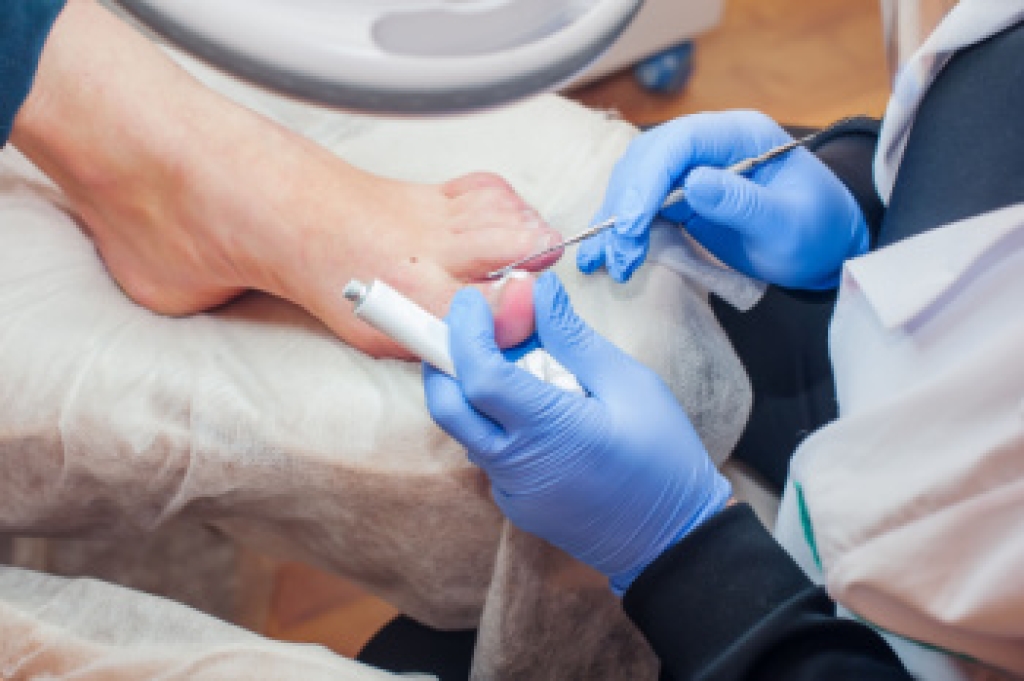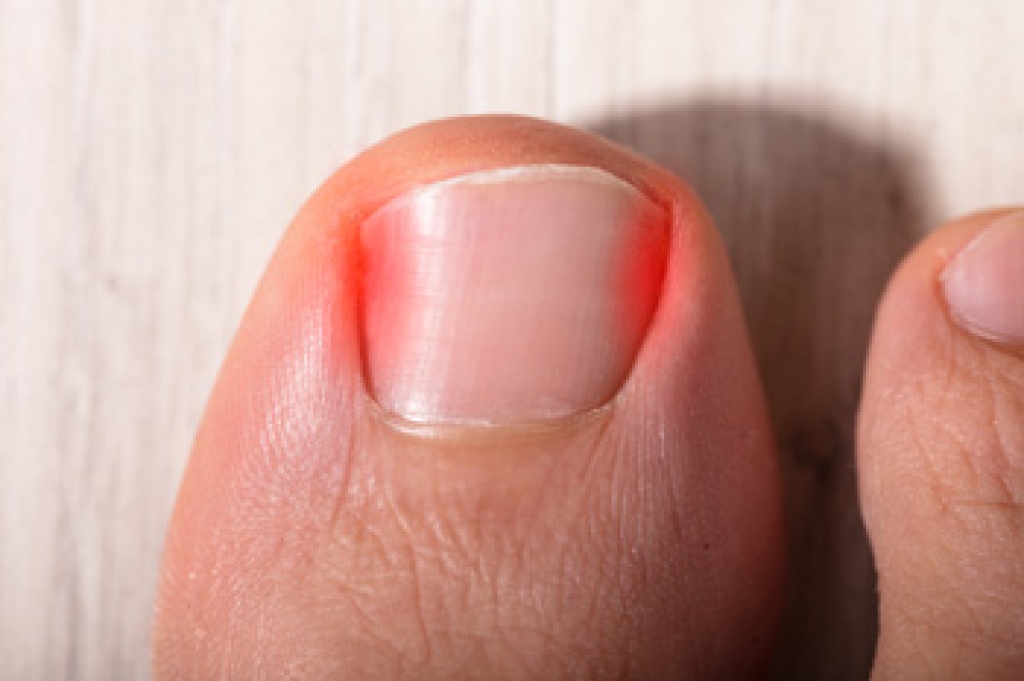
High heels place significant stress on the feet by altering natural posture and shifting weight onto the forefoot. This increased pressure on the metatarsal heads often leads to pain across the ball of the foot and strain in the toes. The elevated heel forces the ankle into a pointed position, which shortens the Achilles tendon over time and increases tension along the calf and heel. Wearing high heels also affects the arch of the foot, sometimes leading to flattening or instability, which can contribute to midfoot discomfort. Prolonged use makes balance more difficult and raises the risk of falls or ankle sprains due to the narrowed base of support. Chronic wear has also been linked to bunions, hammertoes, and nerve irritation between the toes. A podiatrist can evaluate these issues, recommend strategies to reduce long-term damage, and provide the appropriate treatment. If you have foot pain after wearing high heels, it is suggested that you schedule an appointment with a podiatrist for an exam and appropriate treatment.
High heels have a history of causing foot and ankle problems. If you have any concerns about your feet or ankles, contact one of our podiatrists from Footcare Now. Our doctors can provide the care you need to keep you pain-free and on your feet.
Effects of High Heels on the Feet
High heels are popular shoes among women because of their many styles and societal appeal. Despite this, high heels can still cause many health problems if worn too frequently.
Which Parts of My Body Will Be Affected by High Heels?
- Ankle Joints
- Achilles Tendon – May shorten and stiffen with prolonged wear
- Balls of the Feet
- Knees – Heels cause the knees to bend constantly, creating stress on them
- Back – They decrease the spine’s ability to absorb shock, which may lead to back pain. The vertebrae of the lower back may compress.
What Kinds of Foot Problems Can Develop from Wearing High Heels?
- Corns
- Calluses
- Hammertoe
- Bunions
- Morton’s Neuroma
- Plantar Fasciitis
How Can I Still Wear High Heels and Maintain Foot Health?
If you want to wear high heeled shoes, make sure that you are not wearing them every day, as this will help prevent long term physical problems. Try wearing thicker heels as opposed to stilettos to distribute weight more evenly across the feet. Always make sure you are wearing the proper shoes for the right occasion, such as sneakers for exercising. If you walk to work, try carrying your heels with you and changing into them once you arrive at work. Adding inserts to your heels can help cushion your feet and absorb shock. Full foot inserts or metatarsal pads are available.
If you have any questions, please feel free to contact our offices located in Elmhurst Jackson Heights, Astoria, Rego Park, and Forest Hills, NY . We offer the newest diagnostic and treatment technologies for all your foot care needs.




